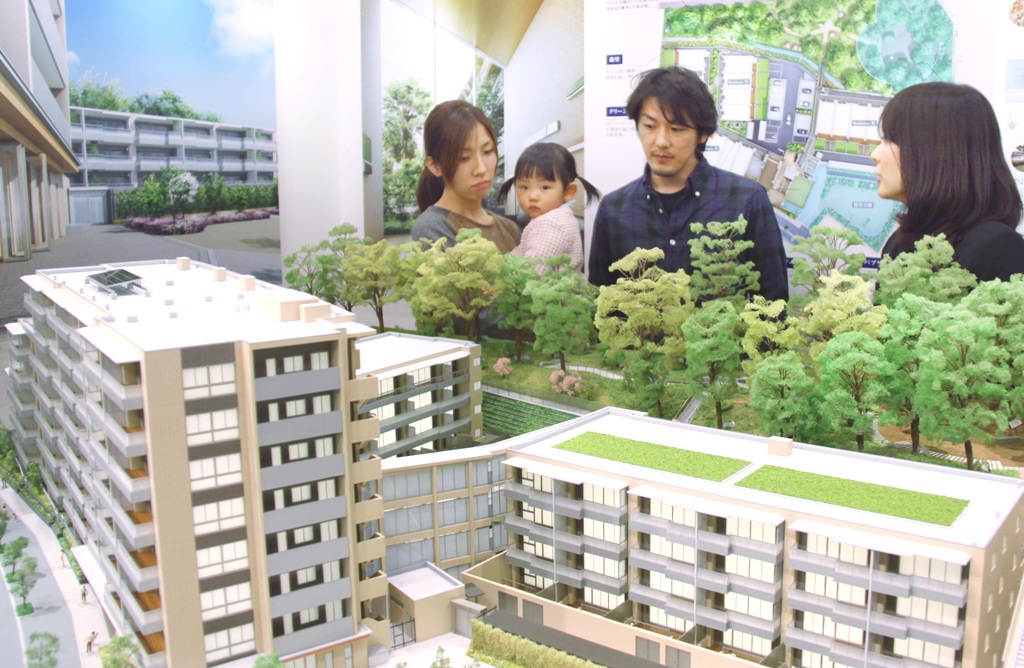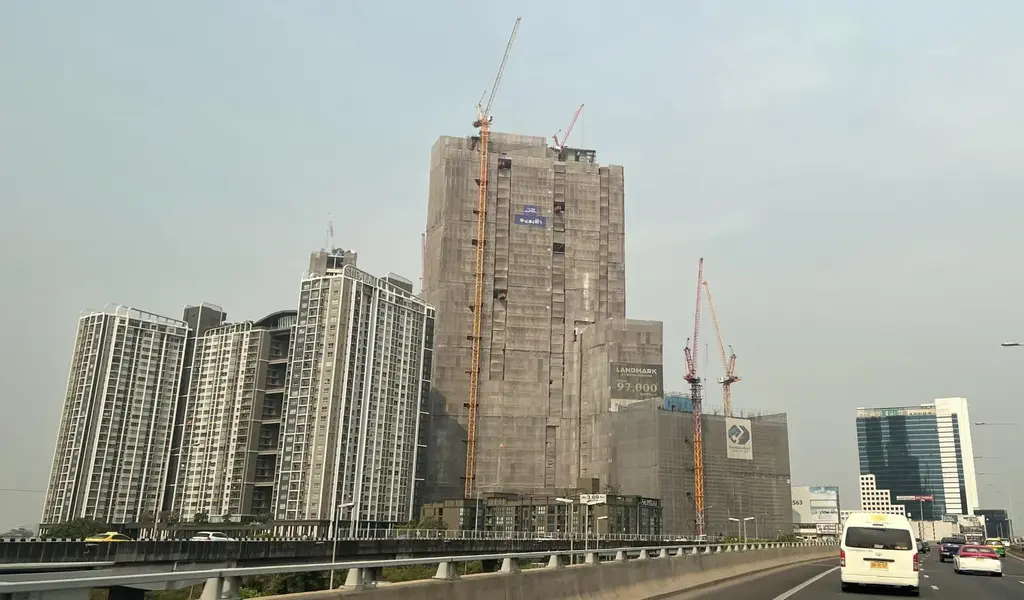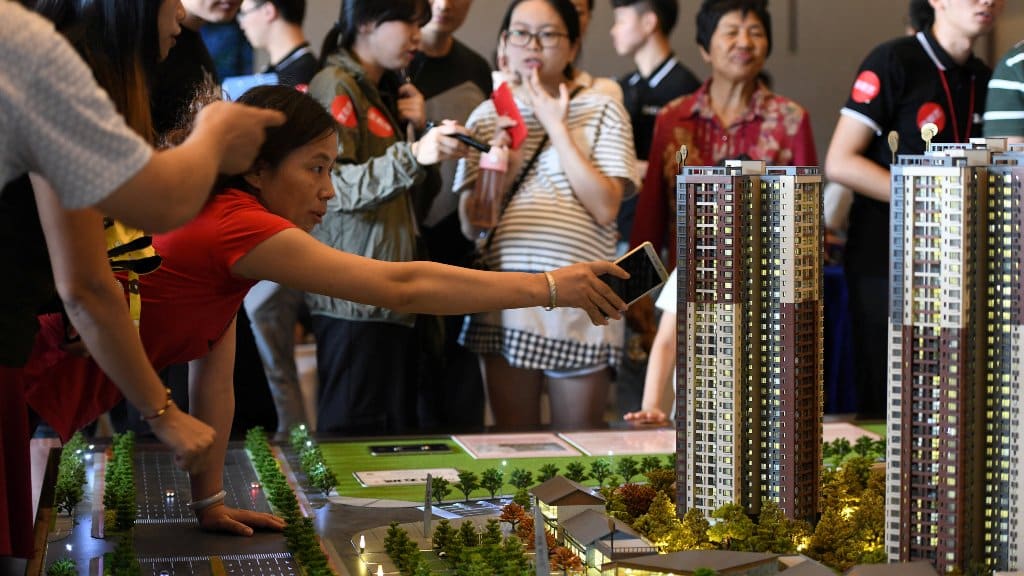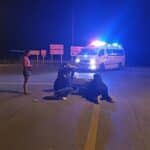BANGKOK – Under Bangkok’s glittering skyline, a quiet crisis is spreading. High-rise condo towers, once a badge of rapid growth, now sit hollow and dark. Across greater Bangkok, more than 730,000 condos are empty, a stark sign of bets gone wrong. Urban economists call it “ghost housing.” In parts of the capital, one in four new condo units sits unused, draining billions from the economy and making housing even less affordable.
The scope is hard to ignore. Data from the Real Estate Information Center (REIC) and surveys by firms like Knight Frank Thailand show that empty homes now account for nearly 13 percent of all housing in the region.
Condos make up about 58 percent of that total, a heavy load for a segment that once promised upward mobility. With condo vacancies at 24.8 percent, the market looks fragile. Nearly every fourth unit built in the last five years lies idle.

The Speculators’ Shadow: How a Bubble Took Shape
Aggressive speculation sits at the core of the problem. From the mid-2010s to the early 2020s, cheap credit and low rates drew local and overseas buyers into rapid-fire deals. Developers, supported by banks flush with cash, rolled out off-plan towers at speed and sold the dream of quick flips.
“Speculators bought not to live, but to leverage,” says Dr Sopon Pornchokchai, president of the Agency for Real Estate Affairs. “Out of every 100 units produced, only about 30 found end-users; the rest were snapped up by investors betting on perpetual appreciation.”
The aftermath is severe. In Greater Bangkok, unsold condos from completed projects stand at about 74,000 units, according to Kasikorn Securities. Total unsold housing stock exceeds 235,000 units. March 2025 made things worse when a 7.7 quake in nearby Myanmar shook confidence in high-rises.
A Bangkok Post poll found that over 75 percent of residents now worry about tower safety. Ownership transfers for high-rises plunged by half this year. Developers, facing 156 billion baht (about 4.6 billion dollars) in maturing loans, have cut prices by as much as 20 percent, yet buyers remain scarce.
The new supply has collapsed. The second quarter of 2025 saw only 373 condo units launched, a 16-year low and a 94.2 percent drop year on year, says Nation Thailand. Absorption rates for mass-market condos priced at 80,000 to 150,000 baht per square meter have stalled at 4.6 units per project per month, down from 9.9 before the pandemic.
Nationwide, unsold housing value has swelled to 1.57 trillion baht (about 46 billion dollars), almost double a decade ago. In Bangkok, the condo glut points to a sharp correction, with developer profits projected to fall 31 percent in 2025.
Low-Cost Labyrinth: When Affordable Turns Neglected
The pain is sharpest in the budget tier. Condos under 500,000 baht, aimed at young workers and lower-income buyers, have a vacancy rate of 21.1 percent, the highest by price band. Many of these buildings are in outer zones like Nonthaburi and Bangna. Built to widen access to city living, they now face a steep decline.
“Poor collection of maintenance fees is the killer,” says Vichai Viratkapan, acting director-general of the REIC. Monthly fees, often 20 to 40 baht per square meter, go unpaid by absentee owners. Basic systems break down. Elevators fail, pools decay, and weak security invites crime. That scares away renters.
In areas like Bang Yai and Min Buri, vacancy rates range from 13.5 to 17.5 percent, or about one empty unit for every six built. Developers have pulled back on new launches in this slice of the market, but the damage is visible. Thousands of sub–1 million baht units are decaying, while potential rents of 10,000 to 15,000 baht a month vanish.
Speculation made it worse. Many low-cost units traded hands several times during construction. They ended up with investors chasing gains rather than taking care of the asset. With household debt at 92 percent of GDP, the highest in Southeast Asia, real buyers struggle to get mortgages. That leaves investors stuck, buildings underfunded, and a cycle of neglect in place. Affordable supply shrinks in practice, while prices for occupied homes still rise 3 to 5 percent a year.
The macro cost is heavy. The 730,000 empty homes are worth more than 2.6 trillion baht (about 76 billion dollars), close to 10 percent of Thailand’s annual budget. Dr Pornchokchai calls it “property waste.”
Lost rent alone is estimated at 100 to 150 billion baht each year, and public infrastructure tied to these projects sits underused. Developers also face large carrying costs, including interest tied to 1.6 trillion baht in unsold stock, which eats about 50 billion baht annually, according to Nation Thailand.
Wider fallout is evident. Vacant buildings weigh on city services, from trash to utilities, and they push down nearby prices by 10 to 15 percent. Tax policy adds to the mismatch. Occupied homes shoulder more of the bill, while loopholes and weak enforcement let many investors pay less.
On paper, the national vacancy could cover six years of demand. In reality, new arrivals to Bangkok, about 200,000 a year, end up in informal housing.
Policy Prescriptions: Taxing Empties to Bring Units Back to Life
Pressure is building for stronger action. “A new tax on empty properties is essential to spur sales and rentals,” says Prasert Taedullayasatit, president of the Thai Condominium Association. A vacancy levy modelled on Vancouver or Singapore could focus on absentee owners.
A 1 to 2 percent annual charge on market value after 12 months of vacancy would push units into use. For a 2 million baht condo, that is 40,000 baht per year, enough to change behaviour without punishing genuine buyers.
The government under Prime Minister Paetongtarn Shinawatra has moved on related fronts. Since 2020, the Land and Building Tax Act has increased taxes on unused property, starting at 0.3 percent of appraised value and rising by 0.3 percentage points every three years, up to 3 percent.
Vacant land faces higher rates up to 1.2 percent, with proposals to lift this to 5 percent for chronic cases. In April 2025, the Bangkok Metropolitan Administration (BMA) ran “simulated agriculture” audits. Inspectors reclassified idle land that tried to claim farm status and lifted revenues by 100 million baht in targeted districts.
These steps help, but do not close the gap. In May 2025, the state relaxed loan-to-value rules, capping first-time buyer mortgages at 90 percent, and cut transfer fees to 0.01 percent for homes under 7 million baht through June 2026. Low-end activity rose about 20 percent. Yet a vacancy tax remains missing. Enforcement is also patchy. Only about 40 percent of eligible empty units are properly assessed, according to the Revenue Department.
Next moves are taking shape. The BMA is weighing a 500 million baht fund to fix failing low-cost condos, working with developers on maintenance subsidies. “We must repurpose these ghosts,” says Bangkok Governor Chadchart Sittipunt.
“Auction unpaid units after three years of vacancy, channel proceeds to affordable housing.” International lenders, including the Asian Development Bank, are exploring 20 billion baht in green loans for seismic retrofits, which could ease post-quake fears.
Bangkok’s ghost housing saga offers a warning for other Asian megacities, from Mumbai to Manila. Speculation without safeguards can leave empty towers and rising costs for everyone else. Cranes are slowing, marketing banners are fading, and choices are clear.
Tax the empties, fix neglected buildings, and bring stock back to use, or watch the shadows grow longer. For now, in the heat along the Chao Phraya, empty units signal lost opportunity and a market haunted by its past bets.
















